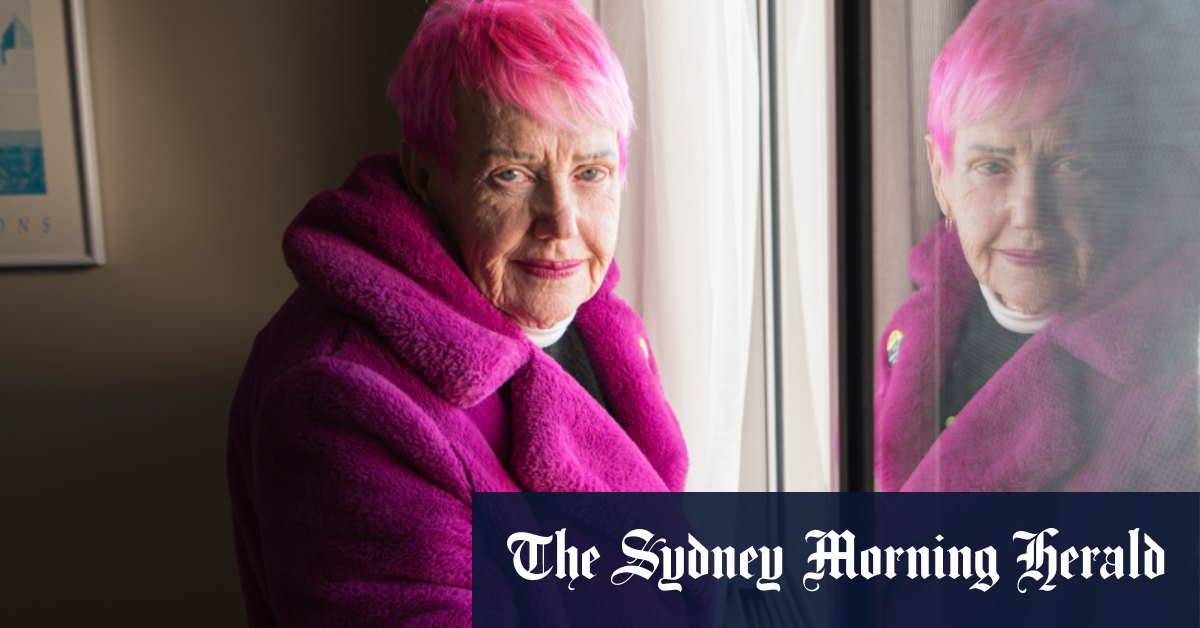While borders between countries may be easily drawn, the lines that separate the cuisines of Singapore, Malaysia and parts of Indonesia are less clear because of their shared Straits Settlements history.
Between the 14th and 17th centuries, Chinese immigrants arrived in huge numbers in Southeast Asia to seek their fortune. They formed part of the populations of the Portuguese trading ports that sprang up along the Strait of Malacca, including Malacca (now Melaka).
In the 19th century their descendants formed significant communities in British colonial ports along the strait, which included Malacca, Singapore and Penang and were part of the Straits Settlements.
The Chinese settlers intermarried with local Malays, essentially giving rise to a new ethnic group called Peranakan Cina, meaning “locally born but non-indigenous Chinese”. In turn, this created the hybrid Peranakan or nyonya cuisine which married Chinese cooking ingredients with spices and cooking techniques used by Malays.
Basically, Singapore heritage cuisine encompasses all the different ethnicities that have been in Singapore for the past 200 years.
D’Silva, who is of Portuguese-Chinese and Peranakan descent, knows what he is talking about.
In an age where global cuisines increasingly dominate the dining landscape, he has emerged as a passionate custodian of what he calls “Singaporean heritage cuisine”, which he promotes through Rempapa, his restaurant in Singapore.
“Basically, Singapore heritage cuisine encompasses all the different ethnicities that have been in Singapore for the past 200 years. So Malays were the first, right? Then the Chinese, the Indians and the Western foreigners,” says D’Silva.
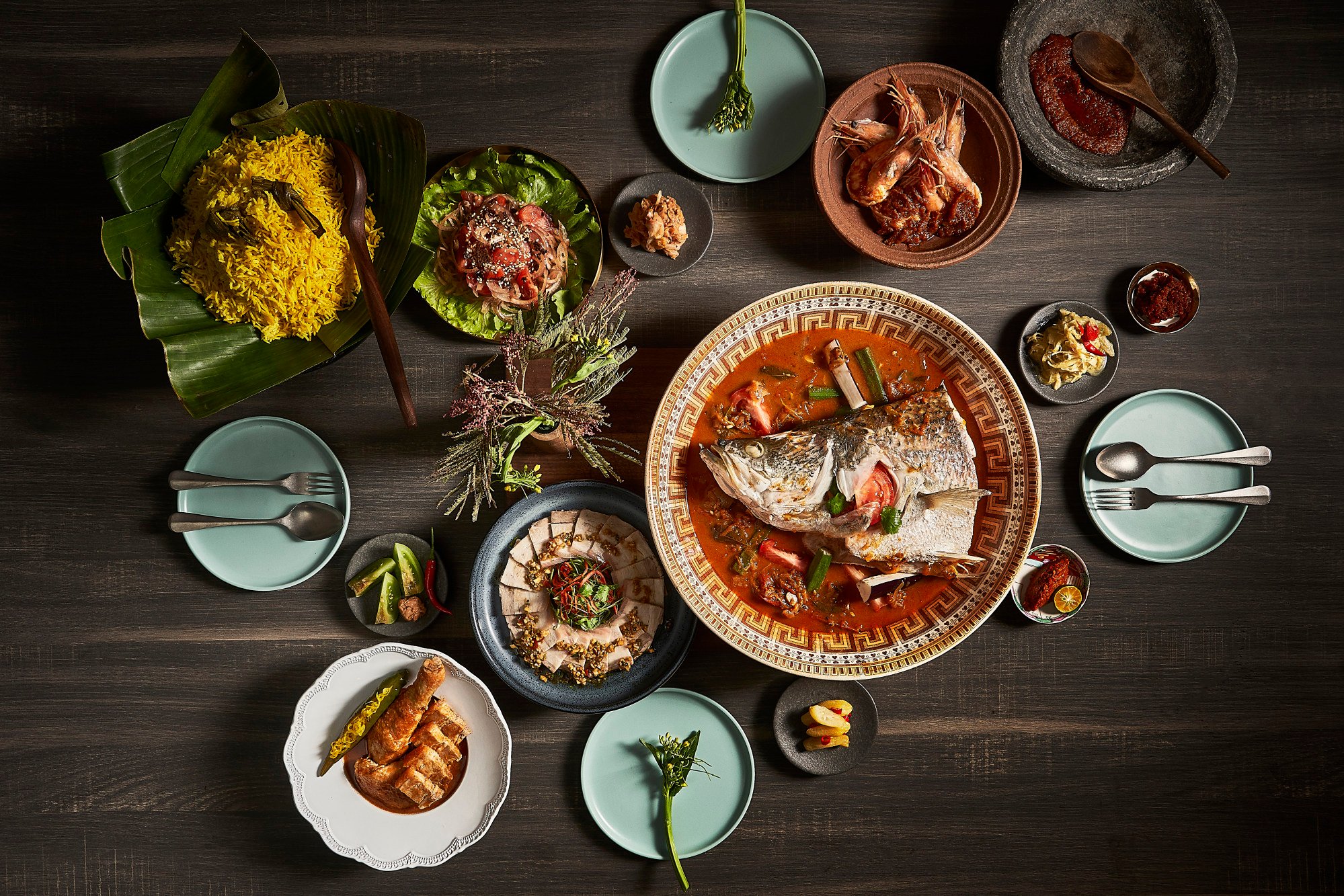
The chef sees more similarities than differences in the cuisines. “If you look at the Peranakans, there’s Malay and Indian influence. It’s the same for Eurasian cuisine. There are so many dishes that are similar. I think they are just too proud to admit it.”
D’Silva was about seven or eight years old when he was put to work in the kitchen by his paternal Eurasian grandfather or his maternal Peranakan grandmother.
“In hindsight I was very fortunate, but at the time, what was on my mind was ‘child labour’. It was, ‘Damian, peel the onions’, ‘Damian, tumbuk (pound) the rempah (spice paste)’, or ‘Damian, giling (grind) the rempah’,” says D’Silva, who nevertheless credits his grandfather for being his biggest influence.
“Initially I was very reluctant, of course. Then it dawned on me that what I was learning was very, very important because eventually my grandad was going to pass on and when he dies, who is going to teach me?”

D’Silva remembers hours spent with his grandfather at the local markets, where the young boy learned about different fish, the different parts of the pig and seasonal produce. “All this is still very useful to me today. If I’m in Singapore, you will still find me at the market at 6.30am,” he says.
Despite all the training in Peranakan and Eurasian cuisine, when the young D’Silva decided that he wanted to be a chef, he headed instead to Italy and France to pick up the finer points of European cuisine. He returned to Singapore in 2000 to open Citrine Chocolat, serving European seasonal cuisine.
“I went away because I wanted to experience something different. When you start to cook, it’s always like that. You don’t actually think about your background, your heritage.
“I did it for about a year and a half. Somehow in my heart, something told me that this was not for me. I wanted to showcase a cuisine that I was brought up with.”
Eventually, he would go on to head the kitchens at Soul Kitchen, Folklore and Kin – all of which served Singaporean cuisine – before opening Rempapa in 2021, where he reintroduces forgotten dishes or puts new spins on old recipes.
When you learn about European cuisine, people say, wow, it’s so amazing; there’s so many different techniques. No, our cuisine is just the same. It’s even more technical
On his journey, the 67-year-old has earned himself the nickname “grandfather of heritage cuisine”. In 2024 he became the first Singaporean to be awarded the Artisan & Authenticity Award by French restaurant guide La Liste. The award recognises establishments whose creations highlight their region or country’s culinary heritage.
“Damian is a true guardian and advocate of Singapore heritage cuisines, particularly the Peranakan and Eurasian. He also does not compromise when it comes to the authenticity of cooking techniques and flavours,” says Singaporean journalist, chef and restaurateur David Yip.
D’Silva had the chance to introduce some of his heritage dishes to Hong Kong diners in a collaboration with Hokkien restaurant Ming Pavilion recently.
The dinner highlighted Peranakan specialities such as itik teem, a comforting duck soup made with sour vegetables; ikan tempra, a typically nyonya braised fish dish made with onions, white pepper powder, sugar, black soy sauce, light soy sauce and a squeeze of lime or calamansi juice; and the more familiar babi pongteh, pork braised with fermented soybean sauce.
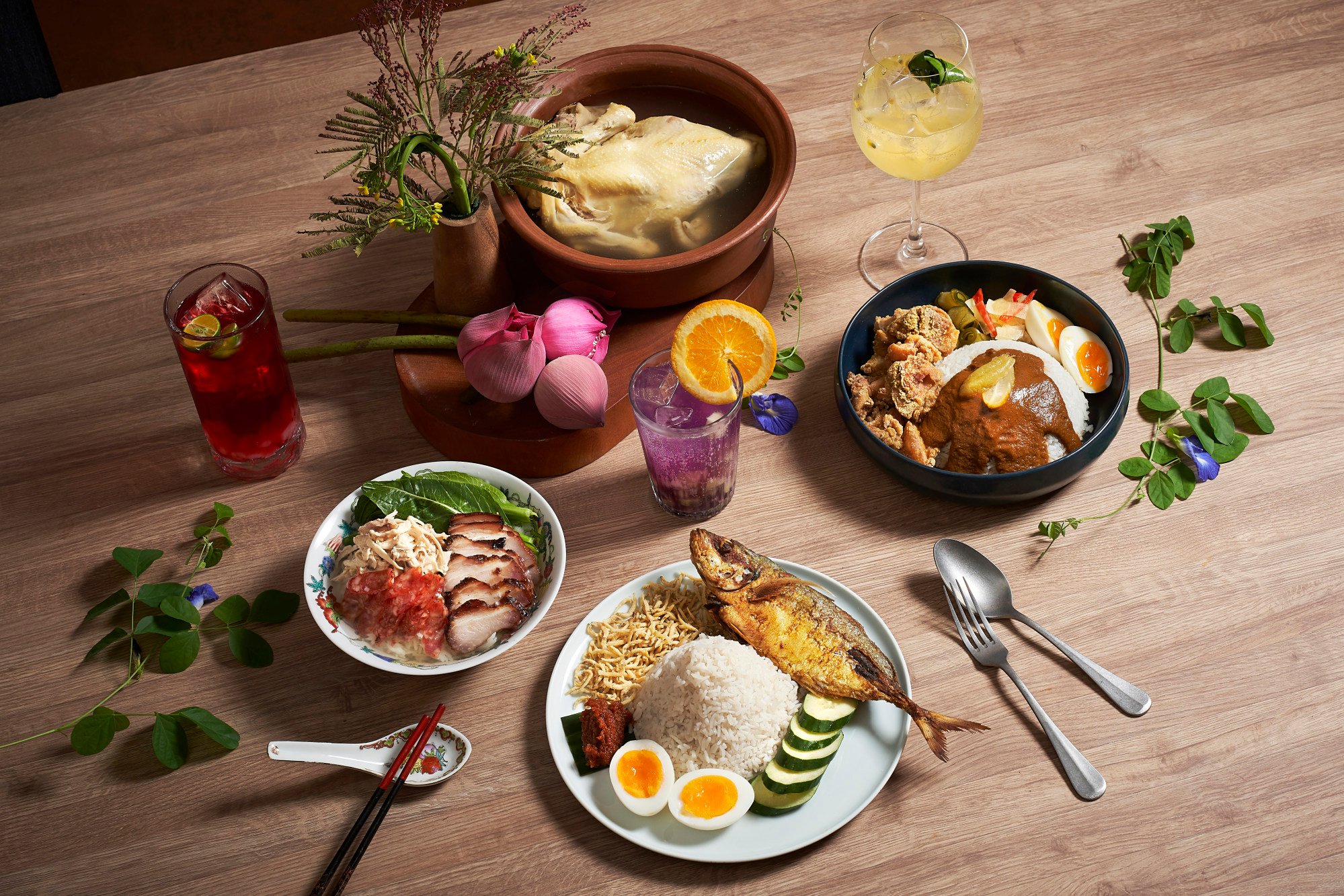
“I don’t really dress it up much,” he says of his cooking. “What I do is make sure that the soul of the dish is not lost. I think that’s the most important thing, right?
“Let’s say you haven’t had a dish for maybe 20, 30 years, and when you put [a bite of] it in your mouth at my restaurant, I can tell right away that it’s bringing you back to a different time.
“That’s what I enjoy most about cooking: that I can bring someone back to a time when the person was perhaps with her grandmother or grandfather, and relive that happy moment.”
D’Silva says he is sad to see some of these dishes that he grew up with already disappearing because no one is picking them up.
“Nobody has the time. It’s too much effort, too much time, too much work. You know it’s not just about turning the fire up and boiling something to death. It’s like cooking with charcoal and taking your time, knowing which ingredients to cook first and what to cook last.”
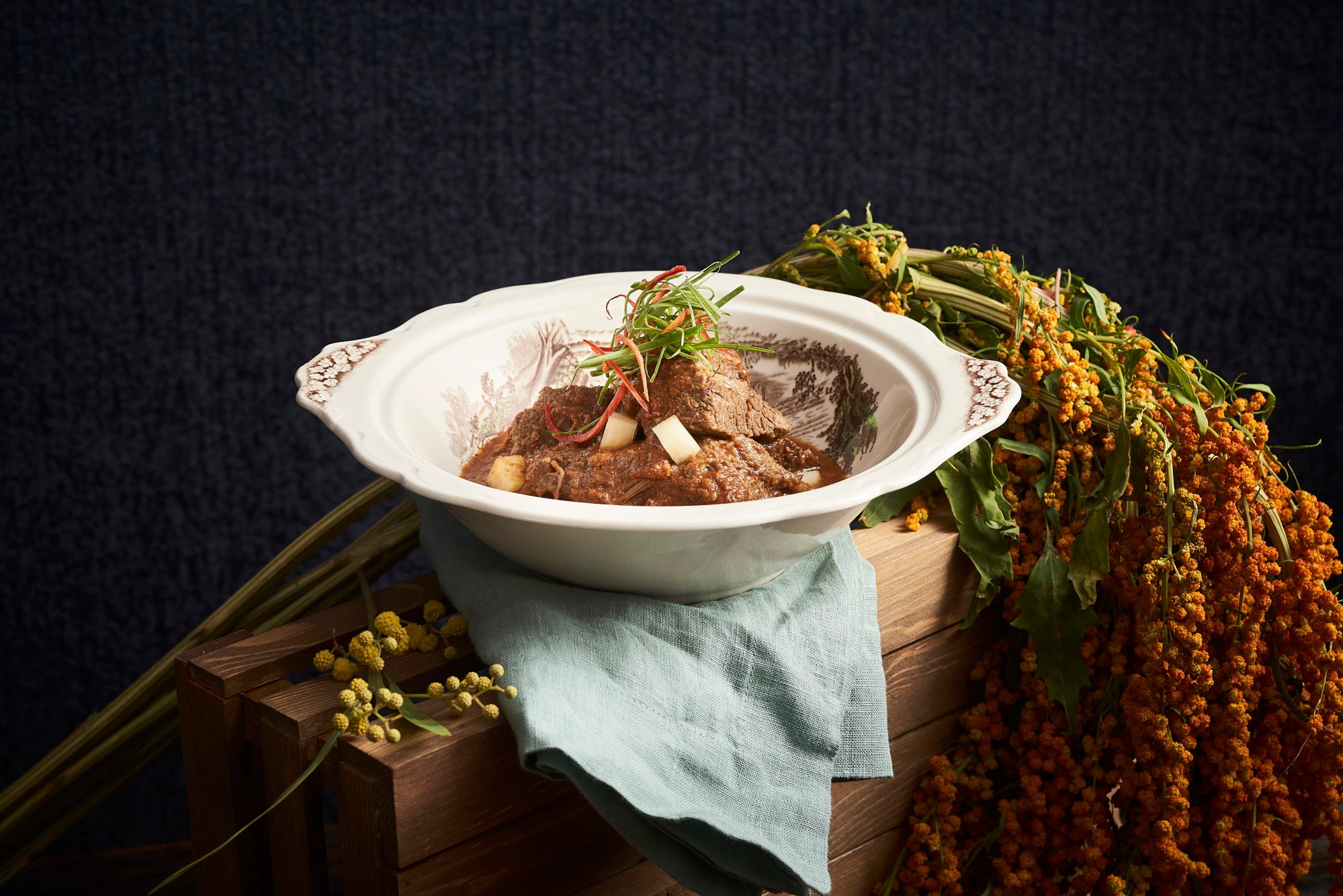
He cites the ubiquitous chicken curry that looks deceptively simple. He is adamant about making his own curry powder.
“Whether we’re cooking fish or chicken, we believe in our own curry powder. And after that, when you get your rempah, how long do you tumis (sauté) it? Do you just turn up the fire? You can’t, you have to be patient. You have to sauté it until it is dry and then add oil.
“These are the things I try to inculcate into my staff,” he says.
D’Silva adds: “When you learn about European cuisine, people say, wow, it’s so amazing; there’s so many different techniques. No, our cuisine is just the same. It’s even more technical if you want to talk about being technical.
“So I told myself, we have to challenge this. We have to carry on doing Singapore heritage cuisine. And that’s what I have been doing for the past 20 years.”
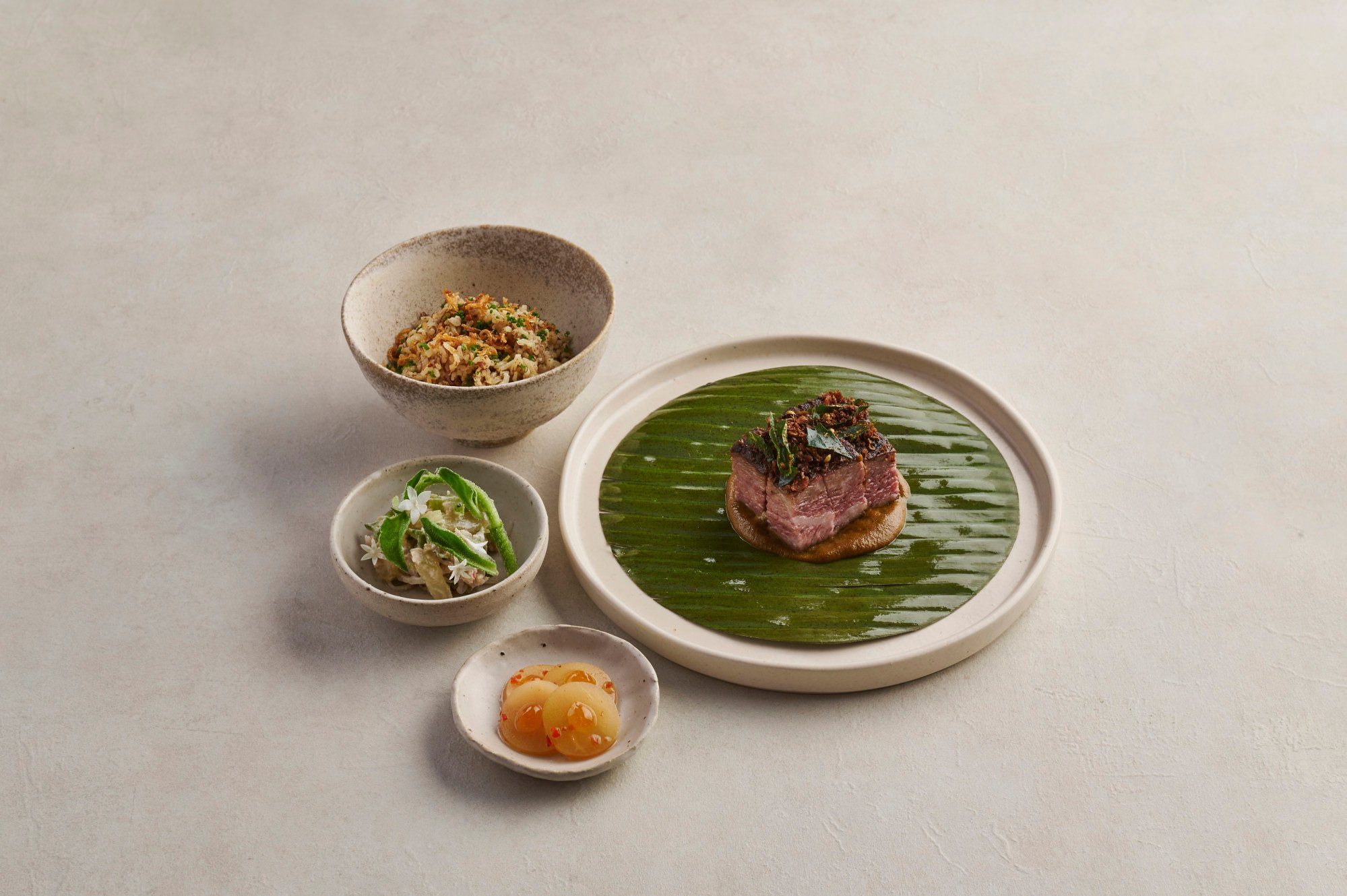
D’Silva has been heartened to see chefs such as Darren Teoh of two-Michelin-star Dewakan in Kuala Lumpur and Kevin Wong of one-Michelin-star Seroja in Singapore having great success in highlighting local cuisine.
“I like how they use their intuition and I like how they use local ingredients. That’s one path to attracting a more international demographic. If you give them a dish that looks like home cooking, the visibility of that dish versus the same dish, say, Dewakan does, [the latter] has more value.”
Recognising the urgency to safeguard these cherished culinary traditions, D’Silva has also become a fervent mentor and educator over the years, not only to his own kitchen staff but also to home chefs and whoever is passionate about rediscovering Singapore’s flavours.
“I train whoever wants to learn. I think that’s important. I don’t judge, I don’t look at a person, but of course I tell them, I say, look, if you want to learn, then you have to be serious about it, right?” he says.
“The other way is through teaching classes, which is also important. Most of my students are either mothers or grandmothers. I love teaching them because who do they cook for? They either cook for their children or their grandchildren. And it’s passed on. I believe there’s still a lot of hope.”




